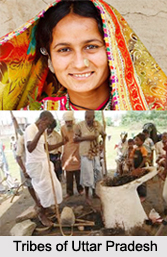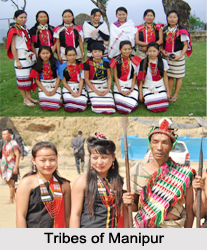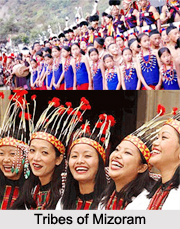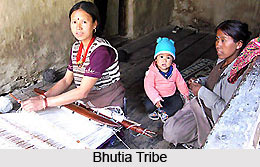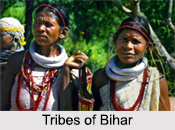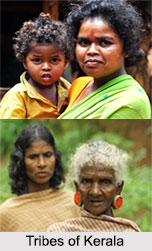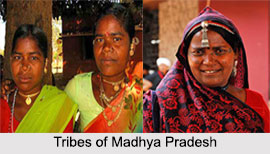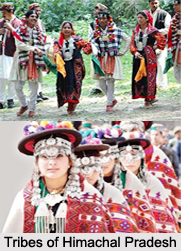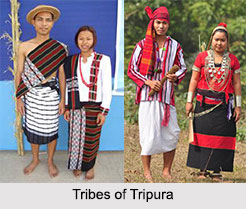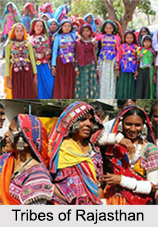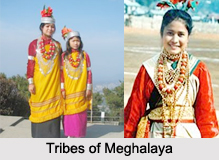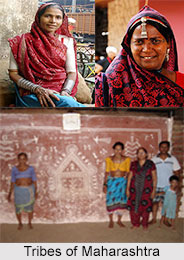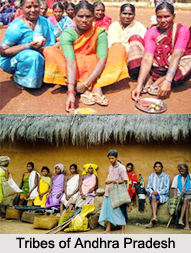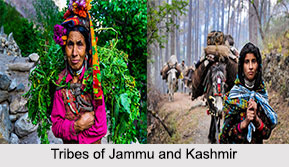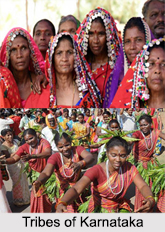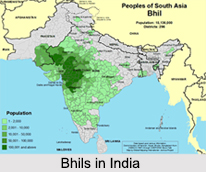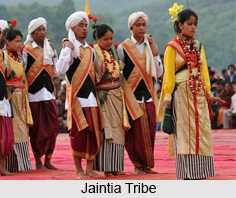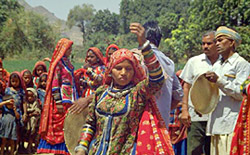According to the society of the Licchavis are concerned it can be said that they lived in great amity and concord, and this unity coupled with their martial instincts and the efficiency of their martial institutions made them great and powerful amongst the nations of North-Eastern India. The sympathy of the Licchavi for one another was exemplary. If one Licchavi fell ill, the other Licchavis came to see him. The whole clan would join in any auspicious ceremony performed in the house of one of their number; if any foreigner of rank and power paid a visit to the Licchavi capital, they would all go out in a body to receive him and do him honour.
The young Licchavis were handsome in appearance and fond of brilliant colours in their dress and equipages. They Licchavis suited the colour of their clothes and ornaments to the tint of their complexions. The Licchavis were divided into separate sects distinguished by the colour worn by each. There was a profusion of gold and jewels in everything in their equipage carriages drawn by horses, gold-bedecked elephants, palanquins of gold set with all kinds of precious stones.
It is evident from the historical records that the Licchavis were prosperous but they were not at all indolent in nature. Rather they were hardy and active, ardent and strenuous in their military training. They were fond of manly pastimes such as elephant training and hunting. It was a custom that the Licchavi youths went to distant countries for their education.
As far as art and architecture is concerned it can be said that it flourished to a large extent in the city of Vaishali which was a splendid place of the Licchavis. The magnificent palaces of the Licchavis are a testimony to the fact that architecture had reached a pinnacle during the times of the Licchavis. They were equally enthusiastic in the building of temples, shrines, and monasteries for the Bhikkhus; and the Bhikkhus themselves superintended the construction of these buildings for the Order. The Licchavis of Vaishali built many chaityas or shrines inside and outside their great city.
Regarding the marriage customs of the Licchavis it has been said that there were rules restricting the marriage of all girls born in Vaishali to that city alone. The people of Vaisali had made a law that a daughter born in the first district could marry only in the first district, not in the second or third; one born in the middle district could marry only in the first and second; but that one born in the last district could marry in any of the three; moreover, no marriage was to be contracted outside Vaishali. The Licchavis appear to have had a high idea of female chastity; violation of chastity was a serious offence amongst them.
The Licchavis observed various festivals, of which the Sabbaratticaro was the most important. At this festival, songs were sung, and drums and other musical instruments were used. When a festival took place at Vaishali, all the people used to enjoy it, and there were dancing, singing and recitations.

